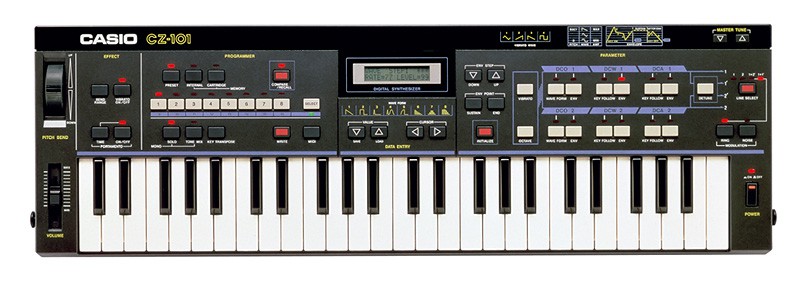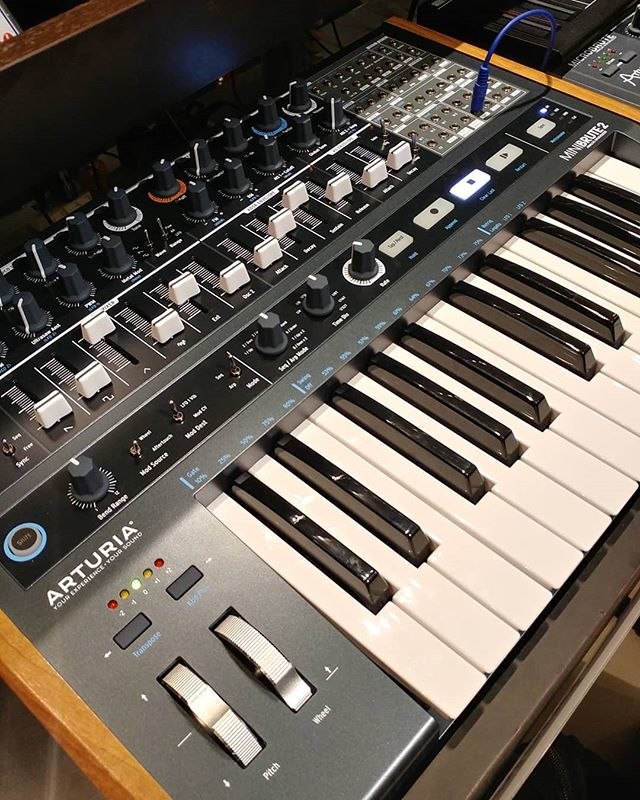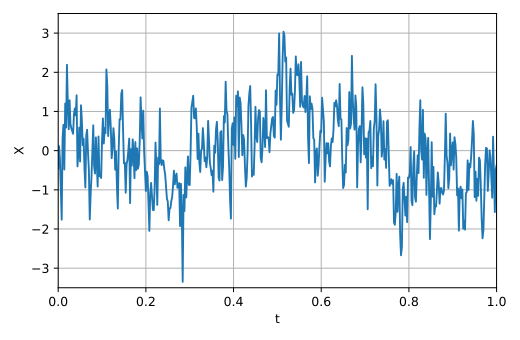The Moog Grandmother is a semi-modular analog synthesizer first released in 2018 by Moog Music Inc. The Grandmother is part of Moog’s “Mother-32” family of synthesizers, which also includes the Mother-32 and Subharmonicon.
The Grandmother is a compact, 32-key keyboard synthesizer that is perfect for musicians and producers who want to add a vintage analog sound to their productions. It features a classic Moog sound engine with a 2-pole filter, a Moog ladder filter, and a 32-step sequencer.
The Grandmother’s semi-modular design allows for a wide range of sound-design possibilities. It has a total of 31 patch points that allow users to connect various modular synth components such as oscillators, filters, and envelopes. This allows users to create unique and complex sounds that cannot be achieved with traditional synthesizers.
One of the standout features of the Grandmother is its 32-step sequencer. This allows users to create complex patterns and sequences, and also features a “Chain” mode that allows for the creation of longer sequences. The Grandmother also has an arpeggiator, which is perfect for creating intricate and evolving patterns.
The Grandmother also has a built-in spring reverb tank, which adds a vintage and spacious feel to the sound. Additionally, it has a stereo output, which can be used to create wide stereo sounds.
The Grandmother’s compact size and vintage aesthetic make it a great addition to any studio or live setup. Its semi-modular design and wide range of features make it a versatile and powerful instrument for musicians and producers of all skill levels.
Overall, the Moog Grandmother is a powerful and versatile analog synthesizer that offers a wide range of sound-design possibilities. Its semi-modular design, 32-step sequencer, and built-in spring reverb tank make it a great addition to any studio or live setup. Its compact size and vintage aesthetic make it a perfect instrument for musicians and producers who want to add a classic Moog sound to their productions.







